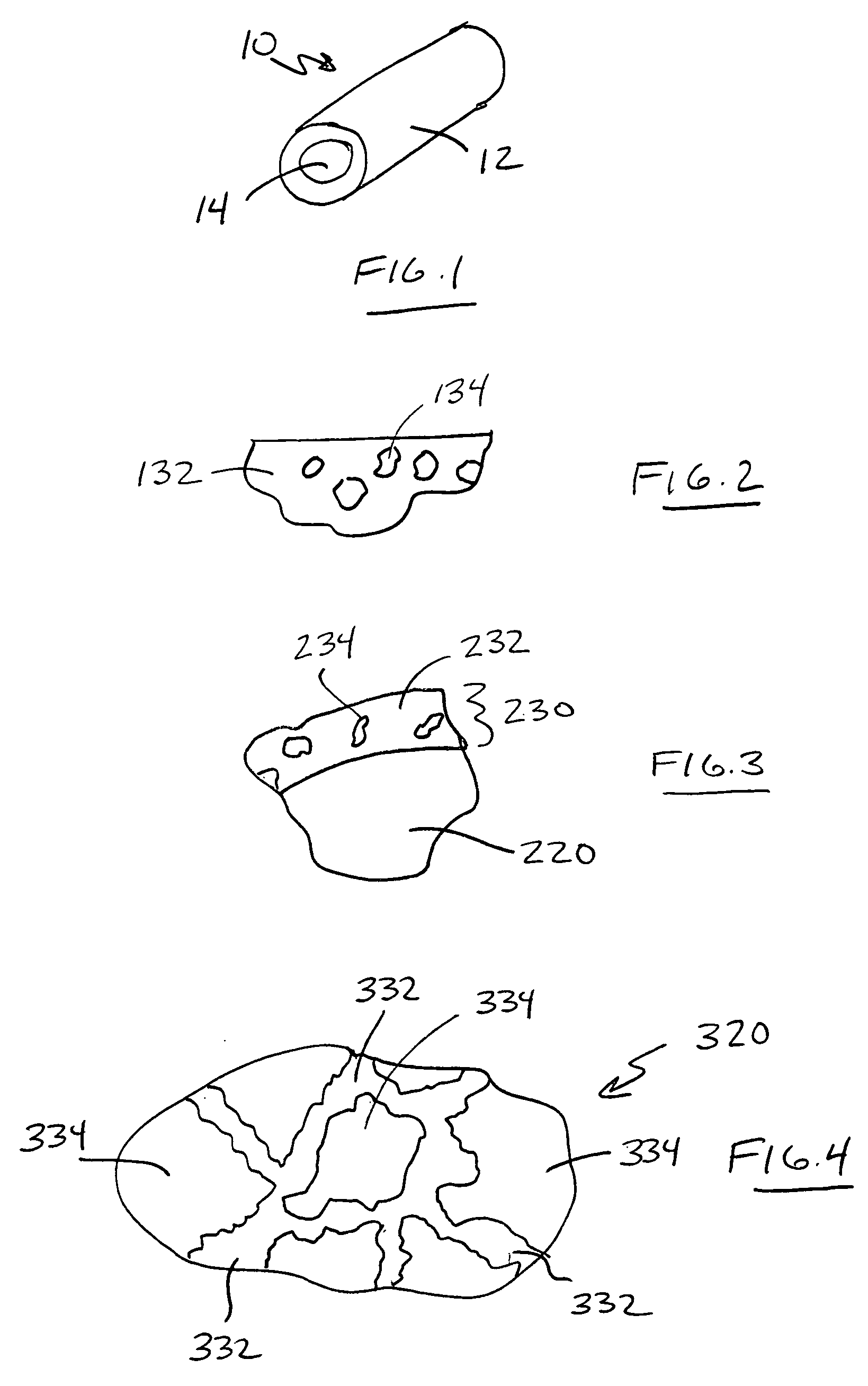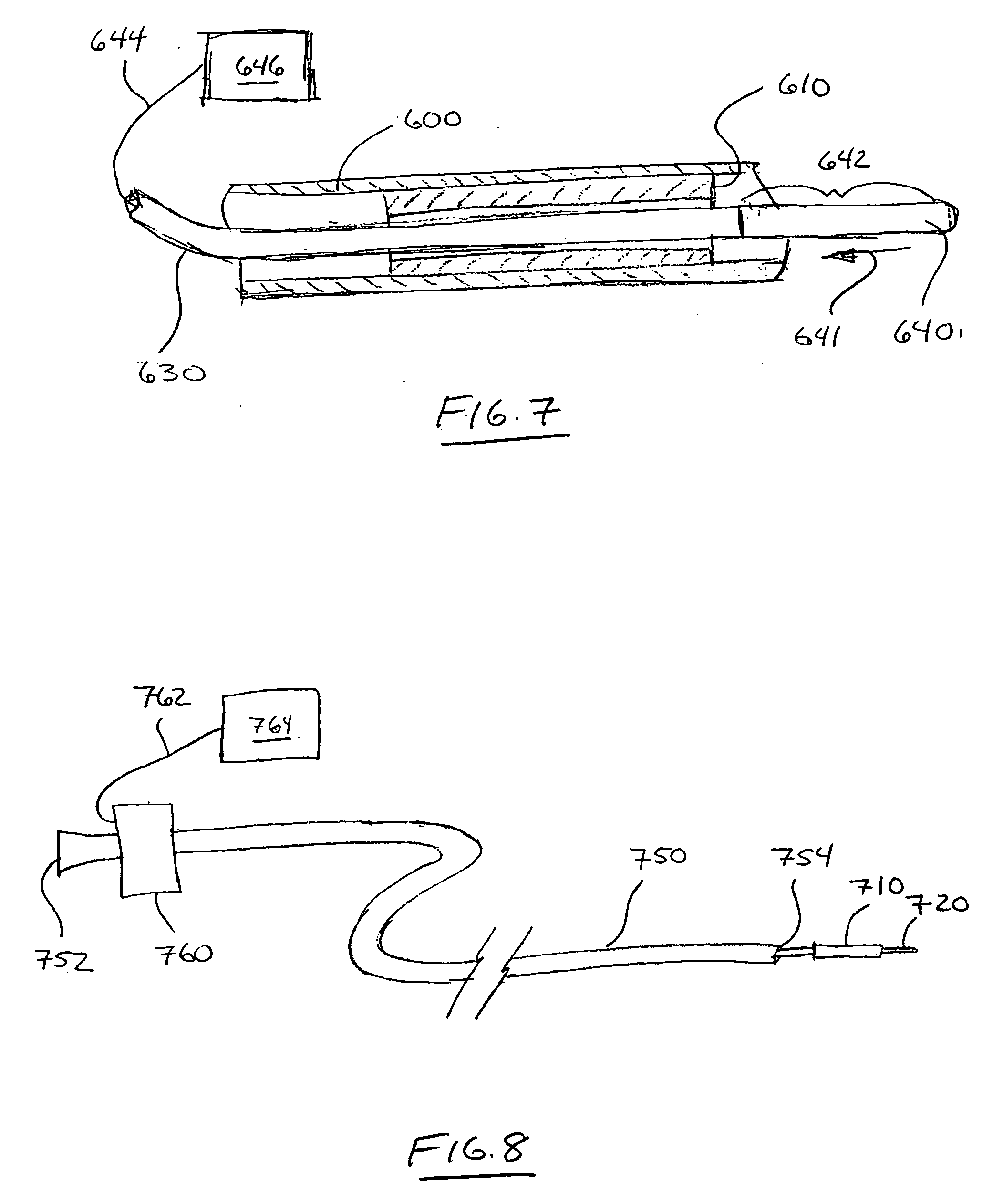Kits, apparatus and methods for magnetically coating medical devices with living cells
a technology of living cells and medical devices, applied in the field of medical devices, can solve the problems of poor blood compatibility of these surfaces, need to provide surfaces, and risk of acute thrombosis and chronic instability, and achieve the effects of convenient coating of medical devices, easy and quick magnetization, and convenient attachmen
- Summary
- Abstract
- Description
- Claims
- Application Information
AI Technical Summary
Benefits of technology
Problems solved by technology
Method used
Image
Examples
Embodiment Construction
[0049] In the following detailed description of illustrative embodiments, reference is made to the accompanying drawings that form a part hereof, and in which are shown, by way of illustration, specific embodiments in which the invention may be practiced. It is to be understood that other embodiments may be utilized and structural changes may be made without departing from the scope of the present invention. Furthermore, like reference numbers denote like features in the different figures.
[0050] It should be noted that as used herein and in the appended claims, the singular forms “a”, “and”, and “the” include plural referents unless the context clearly dictates otherwise. Thus, for example, reference to “a magnetic cell” includes a plurality of such cells and reference to “the magnetic contact surface” includes reference to one or more magnetic contact surfaces and equivalents thereof known to those skilled in the art.
Medical Devices with Magnetic Contact Surfaces
[0051]FIG. 1 de...
PUM
| Property | Measurement | Unit |
|---|---|---|
| time | aaaaa | aaaaa |
| inner diameters | aaaaa | aaaaa |
| diameter | aaaaa | aaaaa |
Abstract
Description
Claims
Application Information
 Login to View More
Login to View More - R&D
- Intellectual Property
- Life Sciences
- Materials
- Tech Scout
- Unparalleled Data Quality
- Higher Quality Content
- 60% Fewer Hallucinations
Browse by: Latest US Patents, China's latest patents, Technical Efficacy Thesaurus, Application Domain, Technology Topic, Popular Technical Reports.
© 2025 PatSnap. All rights reserved.Legal|Privacy policy|Modern Slavery Act Transparency Statement|Sitemap|About US| Contact US: help@patsnap.com



